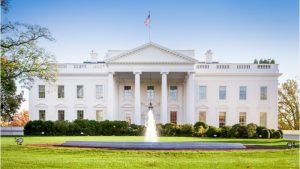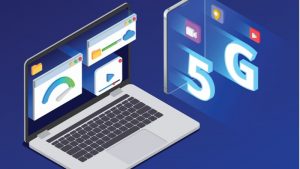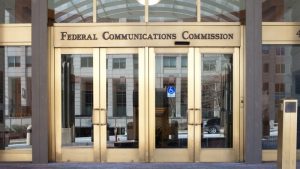The Federal Communications Commission (FCC) said it will commit another $86 million in the tenth wave funding to its Emergency Connectivity Fund (ECF) program.
The Biden-Harris Administration is crediting the bipartisan infrastructure bill passed by Congress last November for helping more than 10 million households to enroll the Federal Communications Commission’s (FCC) broadband affordability program.
The Federal Communications Commission (FCC) said it plans to commit nearly $125.9 million in its ninth wave of Emergency Connectivity Fund (ECF) program support.
As part of the bipartisan infrastructure bill signed into law last year, Commerce Secretary Gina Raimondo is tasked with overseeing the Federal government’s $65 billion investment in broadband deployment to unserved and underserved areas across the country.
The Federal Communication Commission (FCC) voted today to take up a proposal that would require “nutrition labels” for broadband services, providing consumers with better information about prices, speeds, additional fees, network management practices, and more.
The Federal Communications Commission (FCC) announced it will commit another $240 million in its eighth wave of the Emergency Connectivity Fund (ECF) program support.
New York Gov. Kathy Hochul announced that the state will allocate $1 billion in funding for the ConnectALL initiative, which her office described as “the largest ever investment in New York’s 21st-century infrastructure.”
The Federal Communication Commission (FCC) plans to take up a proposal to require “nutrition labels” for broadband service at the commission’s public meeting set for Jan. 27.
According to a research survey from the Pew Research Center, nearly half of parents surveyed said their child faced technology-related obstacles causing them to fall behind their peers with proper broadband connectivity and technology access. Students who lacked these necessities for remote learning experienced what is often called the “homework gap,” which impact may continue to be felt in the future.
The Schools, Health & Libraries Broadband (SHLB) Coalition announced both a new board member and the chairs for its 2022 policy working groups.









